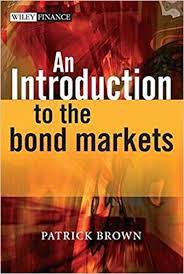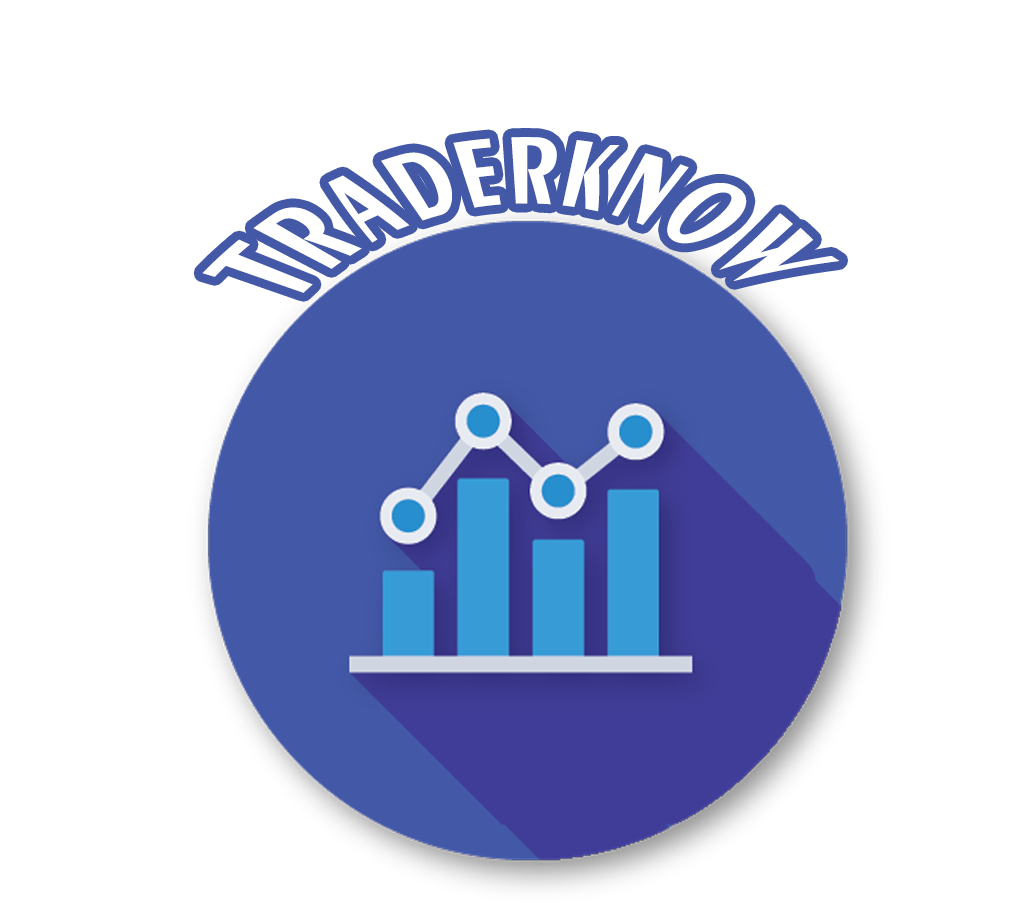
An Introduction to the Bond Markets by Patrick J.Brown
Description
This book gives an introduction to the bond markets for practitioners and new entrants who need to understand what they are, how they work and how they can be used, but do not want to be intimidated by mathematical formulae. By the end of the book readers will be able to decide whether to invest in the bond market. The mathematical formulae will be relegated to the appendices and supplemented by a companion website which allows users to enter their own bond market investments, to simulate anticipated events and see the results.
- Patrick Brown is well-known as Chairman of the European Bond commission (recently retired)
- The only bond book that does not rely heavily on mathematical formulae
Table of Contents
Preface.
Introduction.
- What is a Bond and Who Issues Them?
1.1 Description of a bond.
1.2 The difference between corporate bonds and equities.
- Types of Bonds and Other Instruments.
2.1 Fixed-rate bonds.
2.2 Floating-rate notes.
2.3 Index-linked bonds.
2.4 Hybrid bonds.
2.5 Other instrument types
- How Do You Price and Value a Bond?
3.1 Compound interest.
3.2 Discounting and yield considerations.
3.3 Accrued interest.
3.4 How bonds are quoted.
3.5 Bond pricing.
3.6 Yields and related measures.
3.7 Floating-rate notes.
3.8 Real redemption yield.
3.9 Money market yields and discounts.
- Bond Options and Variants.
4.1 Callable bonds.
4.2 Putable bonds.
4.3 Convertible bonds.
4.4 Dual currency bonds.
4.5 Mortgage-backed securities.
4.6 Collateralized debt obligations.
4.7 Bonds with conditional coupon changes.
4.8 Reverse floaters.
4.9 Bonds with warrant attached.
- Yield Curves.
5.1 Yield curve shapes.
5.2 Zero-coupon or spot yield curves.
5.3 Forward or forward-forward yield curves.
5.4 Par yield curves.
5.5 Investment strategies for possible yield curves changes.
- Repos.
6.1 Classic repos.
6.2 Sell/buy-backs.
6.3 Stock borrowing/lending.
- Option Calculations.
7.1 Buying a call option.
7.2 Writing a call option.
7.3 Buying a put option.
7.4 Writing a put option.
7.5 Theoretical value of an option.
7.6 Combining options.
- Credit and Other Risks and Ratings.
8.1 Credit risk.
8.2 Liquidity.
- Swaps, Futures and Derivatives.
9.1 Swaps.
9.2 Credit risk in swaps.
9.3 Swaptions.
9.4 Futures.
9.5 Credit default swaps.
- Portfolios and Other Considerations.
10.1 Holding period returns.
10.2 Immunization.
10.3 Portfolio measures.
10.4 Allowing for tax.
- Indices.
11.1 Bond index classification.
11.2 Choosing indices.
11.3 Index data calculations.
11.4 Index continuity.
Appendix A: Using the Interactive Website.
Appendix B: Mathematical Formulae.
Author Information
PATRICK J. BROWN, the well known financial mathematician, has worked in stockbroking and the capital markets for over 35 years. He has previously worked at Datastream and was a director of ISMA in London for a number of years. He was involved in developing the original EFFAS bond indices and has written the official guide to their construction. Also He has been the chairman of the European Bond Commission and the convenor of the ISO 15022 financial message standard working group. He is also the author of the ISMA publication Bond Markets – Structures and Yield Calculations.
Also Get An Introduction to the Bond Markets by Patrick J.Brown on Traderknow.com
Visit more course: FOREX TRADING COURSE
The same course: Bill Williams Eduard Altmann SMB Simpler Trading Van Tharp Atlas Api Training Trading Template Sunil Mangwani Sunil Mangwani Frank Paul . Also Market Delta Tradingacademy Simplertrading Urbanforex. Also Candlechartscom Dan Sheridan Pipsociety Atlas Api Training TopTradeTools Todd Mitchell Jerry Singh OpenTrader Alexandertrading Daytradingzones . wyckoffanalytics Simplertrading
Available at traderknow.com
Please contact email: [email protected] If you have any question.
Course Features
- Lectures 0
- Quizzes 0
- Duration 50 hours
- Skill level All levels
- Language English
- Students 63
- Assessments Yes


